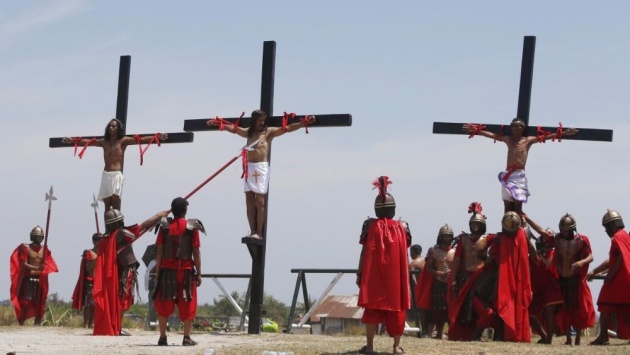Top Festivals in the Philippines
Filled with colorful costumes and stunning parades, these festivals will definitely give the spectator a deep sense of appreciation of the Philippine culture and traditions.
Here is a quick rundown of the What, When, Where and Why’s of the top festivals in the Philippines.
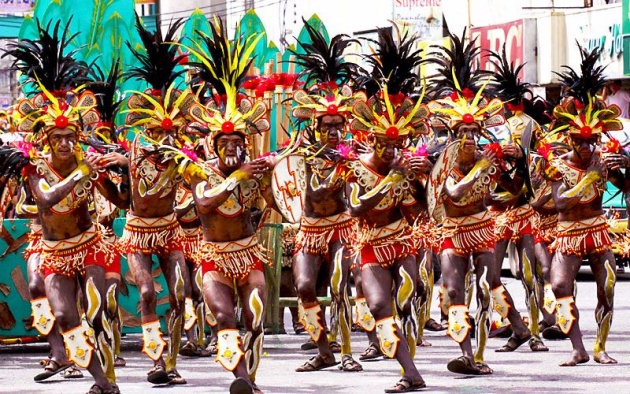
1. Dinagyang Festival
A religious celebration in honor of the Santo Niño. Dinagyang means “Merry Making”
When: 4th Sunday of January (one week after Sinulog and Ati-Atihan)
Where: Iloilo
Why: If you ask any festival enthusiast, one will say Dinagyang is the best one in the Philippines. Make sure you catch the Ati-Atihan Dance Competition and Kasadyahan Street Dancing! Ati-Atihan dance productions are the Grand Champions in the Aliwan Festival, a Manila-based competition for all the street dance festivals.
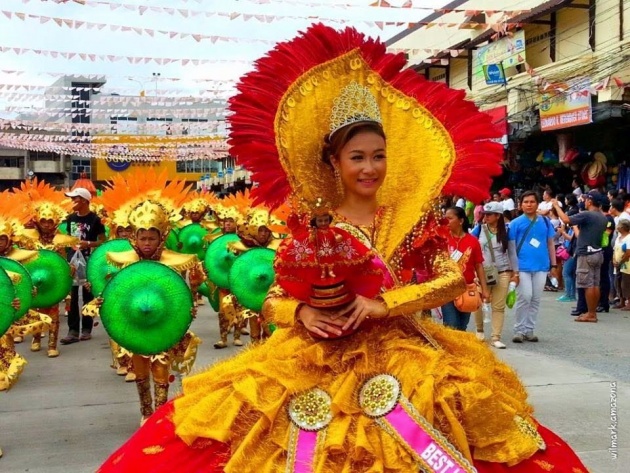
2. Sinulog Festival
Another religious dance ritual in honour of the Santo Niño. Sinulog pertains to the strong current movement of the Cebu River which is re-enacted in the dance.
When: 3rd Sunday of January (Feast Day of Santo Niño)
Where: Cebu City
Why: Get ready to shout Pit Senyor on top of your lungs as you dance to the beat of the drums with the energetic crowd in the streets. It is the largest and most attended festival in the country with an all-day-long parade and party.
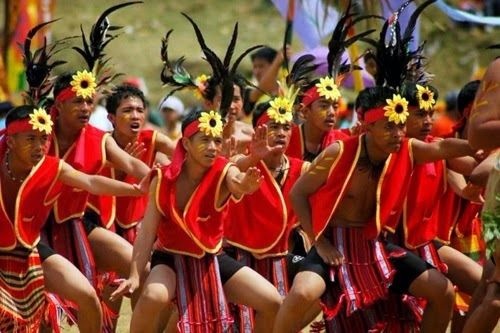
3. Panagbenga Festival
A Flower Festival which name stands for “a season or time for blossoming or a time for blooming”- a local Kankana-ey term in Cordillera.
When: Last Sunday of February
Where: Baguio City
Why: The Flower festival symbolizes the rise of Baguio from the city’s devastating earthquake disaster in 1990. It is the Philippine equivalent of the Rose Parade in Pasadena, California. Prepare to witness people dressed in beautiful, colorful, elaborate flower-themed costumes along Session Road. Quick tip: Go to Session Road early to secure your spot so you have a good view of the parade; it can get really crowded!
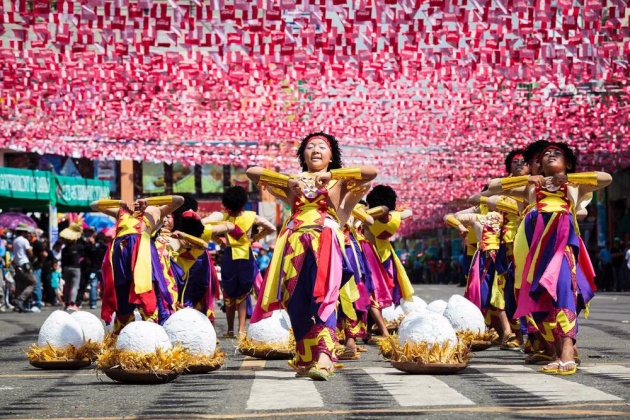
4. Kadayawan Festival
An annual thanksgiving festival to celebrate the harvest of Davao’s fruits, flowers, and farm produce (similar to Baguio’s Panagbenga Festival.) Kadayawan comes from the Mandaya word “madayaw”, a warm and friendly greeting used to describe something good, beautiful, valuable, superior, or profitable.
When: 3rd Weekend of August
Where: Davao City
Why: Kadayawan Festival showcases the rich cultures and the different ethnicities of the region, with various events including ethnic dance demonstrations and competitions as well as a trade fair and exhibit. It’s a harvest celebration and is one of the most cheerful festivals in the Philippines. The street dancing is a definitely must-see, with the colorful costumes, traditions, and stories of the different tribes in Davao. Don’t forget to indulge yourself in pomelo, mangosteen and durian, the season’s freshest and sweetest fruits.
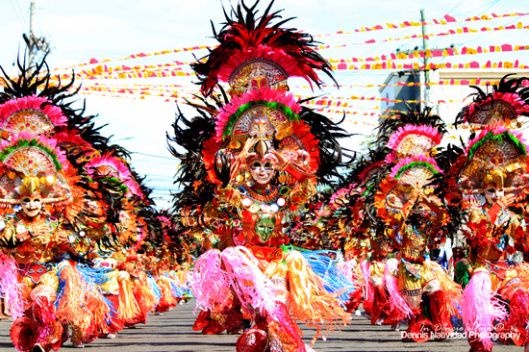
5. Maskara Festival
Known as the Festival of Smiles, this Masquarade party is the outcome of the 1980’s Sugar Crisis which aimed to lift up the spirits of the Bacolod people. Masskara comes from the English word “mass” meaning “multitude of people”, and the Spanish word “kara” meaning “face”.
When: 3rd Weekend of October (or closest weekend to October 19)
Where: Bacolod City
Why: Streets are filled with colorful giant costumes gyrating to the rhythm ofLatin musical beats in a display of mastery, gaiety, coordination and stamina. Masskara Festival is one of the most fun and most widely known festivity in the country. Hotels along Lacson Road are the best place to stay; you can just walk to see the parade and to the different street party locations.
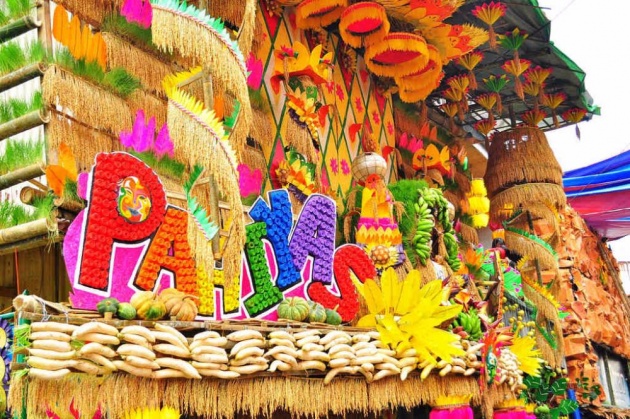
6. Pahiyas Festival
One of the most colorful festivals in the Philippines, Pahiyas Festival is celebrated in honor of San Isidro Labrador, the patron saint of farmers. Fresh fruits and vegetables are placed outside houses and buildings as decorations to show gratitude for a good and abundant harvest.
When: 15th of May
Where: Lucban, Sariaya, Tayabas, and other towns in Quezon
Why: Every household and building try to top one another in decorating their facade with fruits, vegetables and handicrafts, creating an explosion of colors in Lucban’s streets. Don’t be surprised to witness people sharing their food to one another as it is also part of the tradition. As it is the rainy season, every Pahiyas festival is being showered with rain and people believe that it is a blessing. Make sure to get your waterproof gear and always be ready.
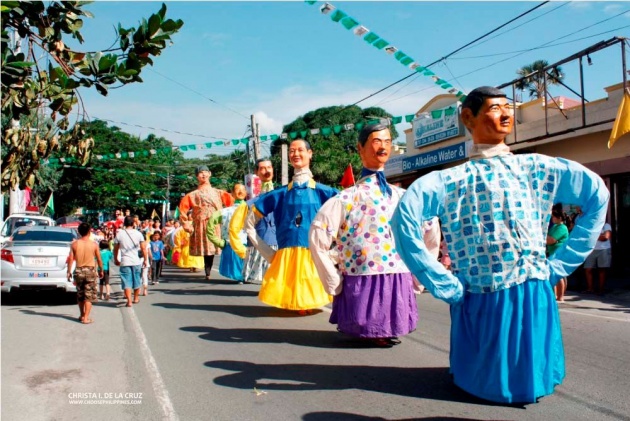
7. Higantes Festival
As you can tell, every festival in the Philippines shows how devoted and dedicated Filipinos are when it comes to preparing for such and Higantes Festival is not an exception. It is celebrated in honor of San Clemente, the patron saint of fishermen.
When: 23rd of November
Where: Angono, Rizal
Why: The Higantes, or giants in English, are made of recycled and painted paper with the saint’s gigantic images that can be as tall as 12 feet high and about five feet in diameter. These are all paraded by fishermen wearing colorful clothing and bearing fishnets, boat paddles, and other tools they use for fishing. The parade navigates the streets of Angono to the banks of Laguna de Bay.
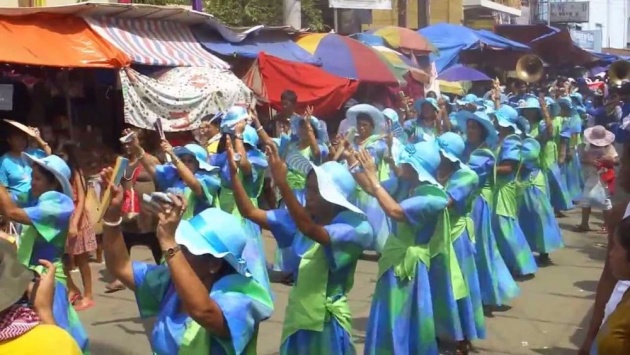
8. Obando Fertility Rites
Also known as the Sayaw sa Obando, this is a festival that appeals to the Virgin of Salambao, San Pascual de Bailon and Sta. Clara for child blessings.
When: May 17-19
Where: Obando, Bulacan
Why: Childless couples dance to please the three saints for heavenly intercession. The crowd also includes maidens and bachelors who wish for husbands and wives. Farmers also join in to thank the saints for the bountiful harvests.
9. Cutud Crucifixions
San Pedro Cutud Lenten Rites is a reenactment of the Passion and Death of Jesus Christ every Holy Week. Its main highlight is the nailing of three penitents to a wooden cross at exactly 3PM.
When: Good Friday at 3PM
Where: San Fernando, Pampanga
Why: The 50+ year old crucifixion tradition is something one devotee should witness at least once in his or her life. It is a humbling retreat experience during the Holy Week as one contemplates on the passion and death of the Lord.
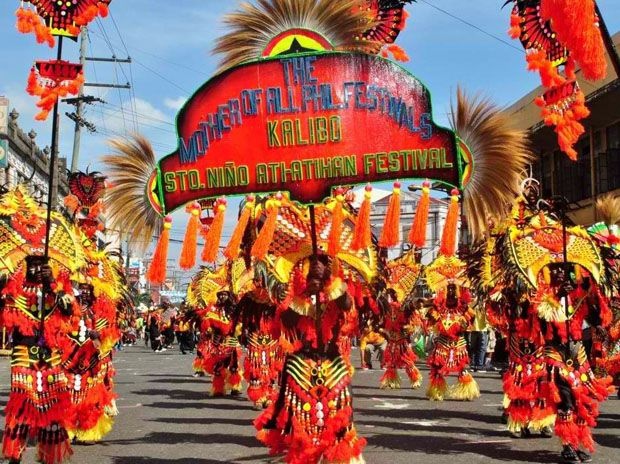
10. Ati-Atihan Festival
Saving the best for last, Ati-Atihan is considered as the mother of Philippine festivals. It is the precursor and inspiration behind the Sinulog Festival of Cebu City and the Dinagyang Festival of Iloilo. Ati-Atihan means “to become like Aetas” and it is a celebration in honor of the Sto. Niño.
When: 3rd Sunday of January
Where: Kalibo, Aklan
Why: People dress themselves in aboriginal clothes with weapons used by the Aetas, after which they perform tribal dances along the streets of Kalibo. The best part here – instead of being a spectator, you can participate and dance with the performers to the upbeat tunes of traditional music.
I HOPE THIS BLOG WILL HELP YOU NEAR FUTURE. HAVE A GOOD DAY :D

